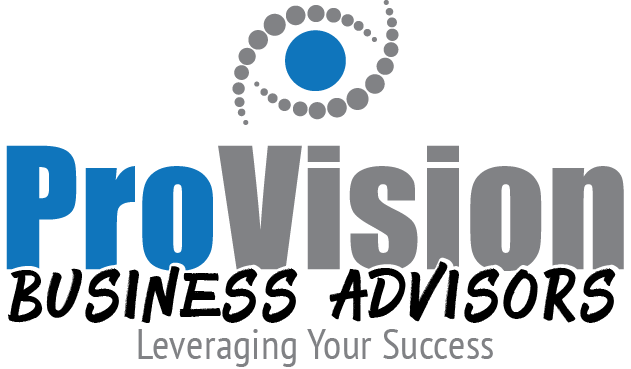
In Strategies to Improve your Profitability – Part 1, I described how important it is for business owners to understand their financials and the actions / decisions behind the numbers. Now that you have completed an analysis and identified a “problem expense”, you may be wondering, “What now?”
A key to the effectiveness of your cost-cutting action is the worth of the various expenditures. An expenditure may be “worth” more or less than the $ value. To determine the worth of an expenditure, you have to consider the productivity or benefit to your business of this expenditure. Can it be reduced without a corresponding decrease in revenues or profits? Can it be switched to a lower cost alternative?
For example, if you cut your employee development budget without expecting a corresponding decrease in performance – either immediately or in the future, you may be sacrificing short-term profits for longer term financial health.
Without continuous learning, you will:
- Fall behind in expertise
- Experience lower employee engagement and morale
- Experience higher employee turnover, losing knowledgeable experienced staff
- Incur higher recruitment costs
- Realize lower productivity with inexperienced staff
So, the expenditure in employee development may be worth far more than the $ invested and the return on that investment is realized by increased performance (increased revenues, decreased errors / rework, increased efficiencies, decreased waste, etc.) As long as you know the worth of your expenditures, you can profit by making small improvements in expenses.
Do you focus on cutting costs or increasing productivity? Are you open to innovative, new ideas? Do you ask yourself, “What could I do?” rather than “What should I do?” Keep an open eye and an open mind. It is better to do a spot analysis once a month than to wait several months and then do a detailed study. Take action as soon as possible. You can refine your cost-cutting action as you go along.
Cut costs in an effective way – don’t trade today’s crisis for one in the future because you didn’t understand or calculate the longer term impact of your decision.
Enlist the support of your staff in identifying costs that can be cut. They often have great suggestions of where the “fat” can be trimmed and you will increase their commitment to the organization if they are engaged in making these decisions.



